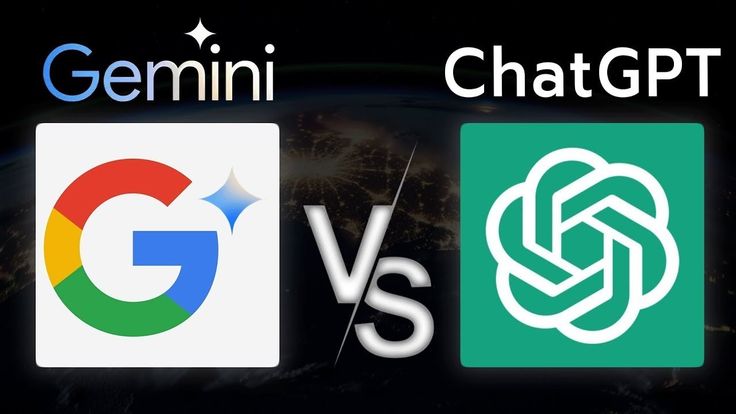Artificial intelligence (AI) is evolving rapidly, with new models emerging that challenge the dominance of established giants. Among these, the S1 AI model has garnered attention for its efficiency and cost-effectiveness. This article explores how S1 compares to two leading AI models: OpenAI’s GPT-4 and Google’s Gemini.
Understanding the S1 AI Model
The S1 model is a product of innovative research by Stanford and the University of Washington. Remarkably, it was trained in just 26 minutes for under $50, showcasing a significant leap in AI development efficiency. This was achieved through a method called distillation, where a smaller model learns from the outputs of a larger one. S1 was trained using responses from Google’s Gemini 2.0 Flash Thinking Experimental model, despite restrictions on using Gemini’s API for competitive purposes.
Built on Alibaba Cloud’s open-source Qwen2.5 model, S1 was trained on 1,000 questions, a relatively small dataset. The training utilized 16 Nvidia H100 GPUs and incorporated test-time scaling to enhance reasoning capabilities. Impressively, S1 outperformed OpenAI’s o1 model in competitive math questions, challenging the notion that extensive resources are necessary for effective AI models.
Exploring GPT-4
GPT-4, developed by OpenAI, is a multimodal large language model capable of processing both text and images. Released in March 2023, it represents a significant advancement over its predecessor, GPT-3.5. GPT-4 demonstrates human-level performance on various professional benchmarks, including the SAT, LSAT, and Uniform Bar Exam. It also excels in creative tasks, scoring within the top 1% for originality and fluency on the Torrance Tests of Creative Thinking.
GPT-4’s capabilities extend to understanding and generating code, making it a valuable tool for developers. Its integration into Microsoft’s Copilot and other applications has broadened its accessibility. However, OpenAI has not disclosed specific technical details about GPT-4, such as the exact size of the model.
Delving into Google’s Gemini
Gemini is Google’s family of multimodal large language models, developed by DeepMind. Announced in December 2023, Gemini includes various versions like Gemini Ultra, Pro, and Nano, each tailored for different tasks and devices. Gemini stands out for its ability to process multiple data types simultaneously, including text, images, audio, and video.
The model employs a Mixture-of-Experts (MoE) architecture, allowing it to select specialized expert modules for specific tasks. This design enhances its adaptability and efficiency. Gemini 1.5 Pro, for instance, boasts a context window of 1 million tokens, the highest among language models to date. Benchmark tests indicate that Gemini Ultra outperforms GPT-4 in several areas, including text processing, reasoning, and code generation.
Comparative Analysis: S1 vs. GPT-4 vs. Gemini
When comparing S1 to GPT-4 and Gemini, several factors come into play:
- Training Efficiency: S1’s rapid training time and low cost are unparalleled, demonstrating that effective AI models can be developed without extensive resources.
- Performance: While S1 excels in specific tasks like competitive math questions, GPT-4 and Gemini offer broader capabilities across various domains.
- Multimodal Processing: Both GPT-4 and Gemini are multimodal, handling text and images, with Gemini extending to audio and video. S1’s capabilities in this area are limited.
- Architecture: S1 is based on an open-source model and utilizes distillation. GPT-4 employs a transformer-based architecture, while Gemini uses a modular MoE structure.
- Accessibility: GPT-4 is integrated into various applications, including Microsoft’s Copilot. Gemini powers Google’s services like Search and YouTube. S1, being a research model, is not widely accessible.
Implications for the Future of AI
The emergence of S1 highlights the potential for developing efficient AI models without significant financial investment. This could democratize AI development, allowing more institutions and individuals to contribute to the field. However, the comprehensive capabilities of GPT-4 and Gemini underscore the benefits of extensive resources and infrastructure.
As AI continues to evolve, a balance between efficiency and capability will be crucial. Models like S1 demonstrate that innovation can come from streamlined approaches, while GPT-4 and Gemini showcase the power of large-scale development.
Conclusion
The S1 AI model represents a significant step toward more accessible and efficient AI development. Its performance in specific tasks challenges the dominance of larger models like GPT-4 and Gemini. However, the comprehensive capabilities and integrations of GPT-4 and Gemini highlight the advantages of extensive resources and infrastructure. As the AI landscape continues to evolve, the interplay between efficiency and capability will shape the future of artificial intelligence.

